| A | To top | ||
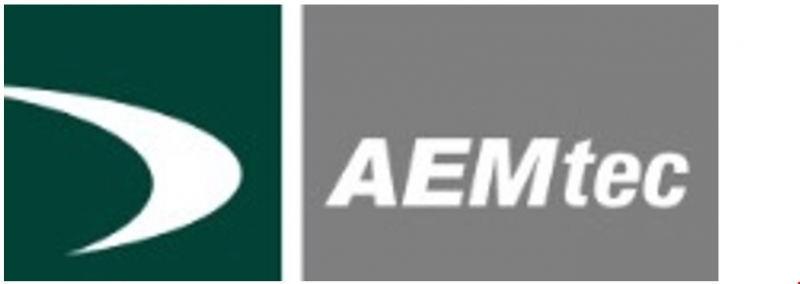 |
AEMtec GmbH |
Negrea, Dan
Packaging in Europe - Micro balling on chips with a high Ball-count for Space applications - an extension of the process capabilities at AEMtec
 Abstract Biography |
Advanced Packaging Conference (APC) |
 |
Airy3D |
Gallagher, Paul
A simple easy to deploy single camera near depth solution
 Abstract Biography |
MEMS & Imaging Sensors Summit |
 |
Aspinity |
Doyle, Tom
Analyze-first Architecture for Ultra-low-power Always-on Sensing
 Abstract Biography |
MEMS & Imaging Sensors Summit |
 |
AT&S |
Beica, Rozalia
Heterogeneous Integration - The New Driver of Innovation and Growth
 Abstract Biography |
Advanced Packaging Conference (APC) |
| B | To top | ||
 |
Berliner Nanotest und Design GmbH |
von Essen, Tobias
Holistic thermal material characterization approach for thermal performance optimization of electronic packages
 Abstract Biography |
Advanced Packaging Conference (APC) |
 |
Bosch Sensortec | Robert Bosch GmbH |
Schellin, Ralf
Algorithms, Embedded AI and MEMS Sensors: The Silent Enablers of Sophisticated Daily-Life Use Cases
 Abstract Biography |
MEMS & Imaging Sensors Summit |
| C | To top | ||
 |
Chipmetrics Oy |
Utriainen, Mikko
Novel Platform to Solve 3D Nanometry Challenge
 Abstract Biography |
MEMS & Imaging Sensors Summit |
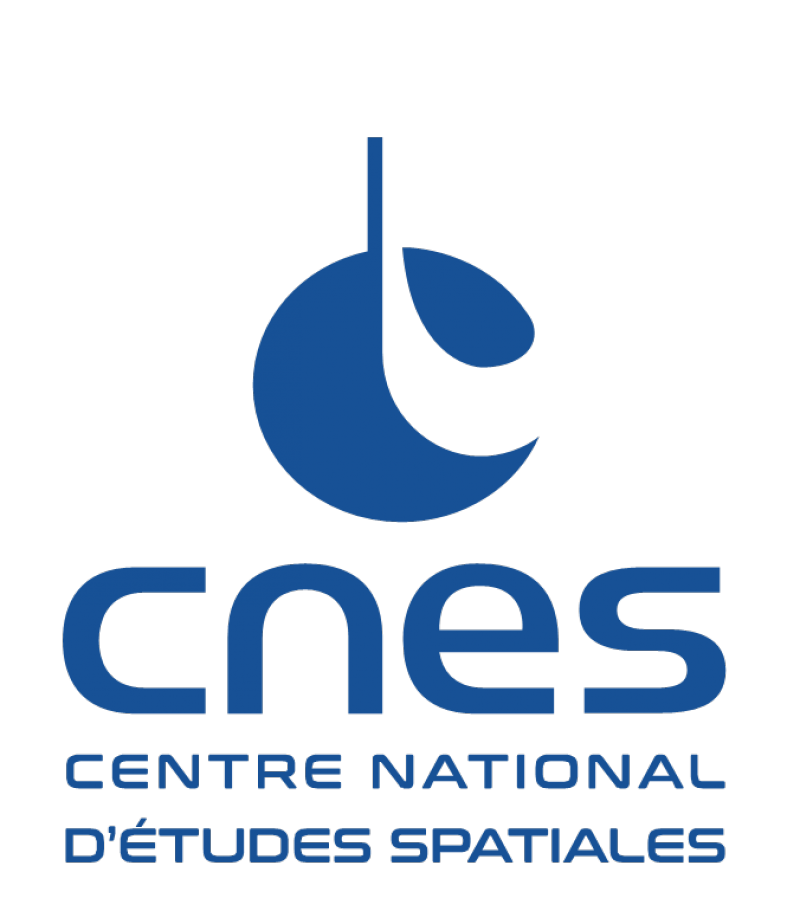 |
CNES |
Bardoux, Alain
COTS image sensors help New space programs
 Abstract Biography |
MEMS & Imaging Sensors Summit |
| D | To top | ||
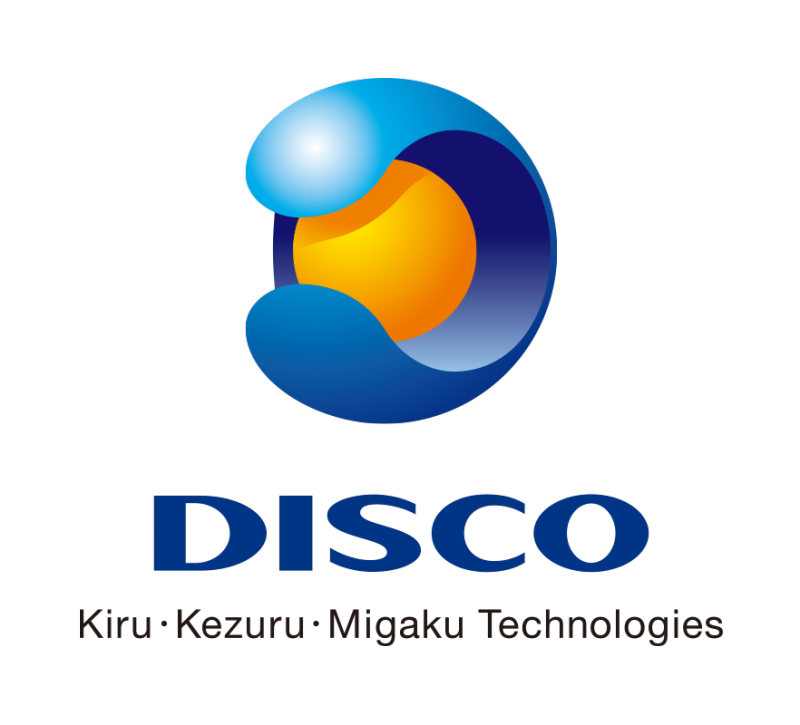 |
DISCO Hi-Tec Europe GmbH |
Klug, Gerald
New solutions for plasma dicing, and new solutions for processing of SiC wafers ranging from ingot splitting, grinding, polishing to high speed and chipping free dicing.
 Abstract Biography |
Advanced Packaging Conference (APC) |
 |
Duale Hochschule Baden-Württemberg (State Cooperative University Baden-Württemberg) |
Hopf, Gregor
Drivers of Digitalisation: What is Digitalisation and why can it change so much?
 Abstract Biography |
Fab Management Forum (FMF) |
| E | To top | ||
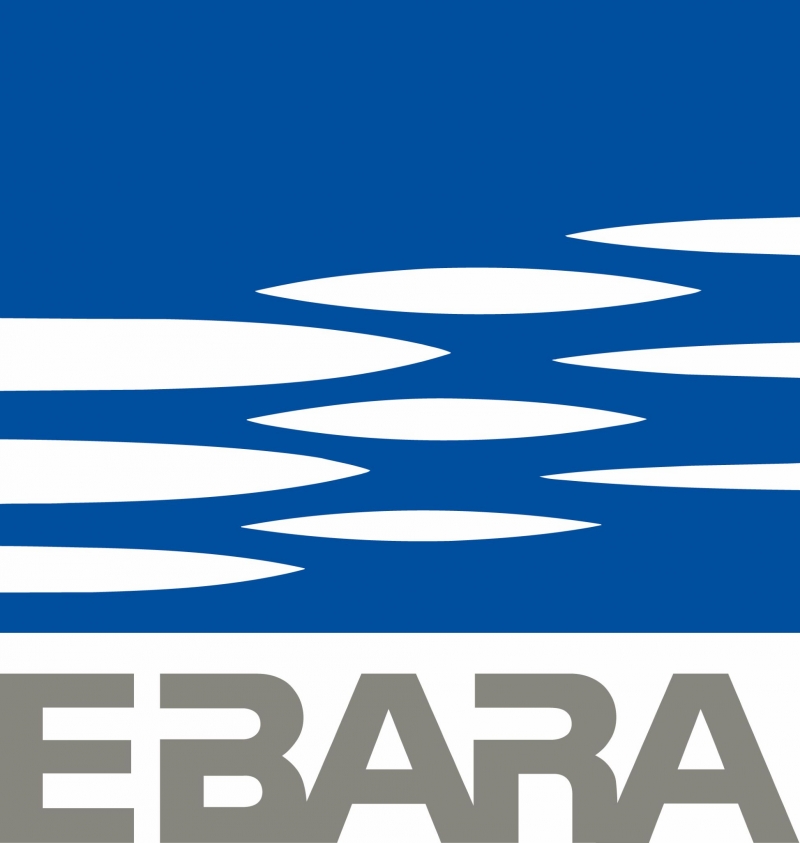 |
EBARA Precision Machinery Europe GmbH |
Richter, Reinhart
The future of the semiconductor market
 Abstract Biography |
Fab Management Forum (FMF) |
 |
Edwards Ltd |
Pelissier, Christine
Successful strategies to attract young professionals
 Abstract Biography |
Fab Management Forum (FMF) |
 |
ESPAT-Consulting - Steffen Kroehnert |
Kroehnert, Steffen
Conference Chair, Session Chair
 Abstract Biography |
Advanced Packaging Conference (APC) |
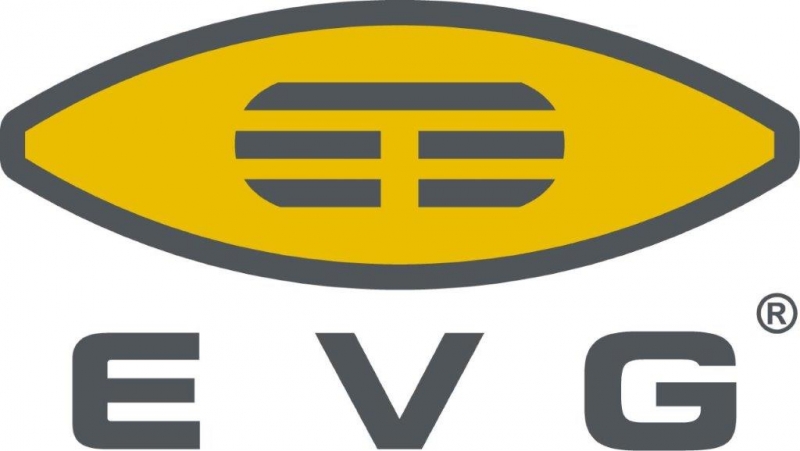 |
EV Group |
Dielacher, Bernd
Novel bonding technologies for photonic and MEMS sensor integration
 Abstract Biography |
MEMS & Imaging Sensors Summit |
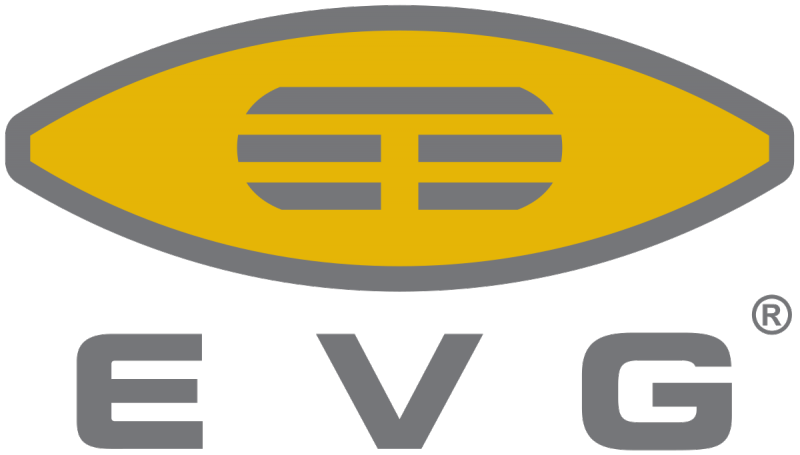 |
EVG |
Brandl, Elisabeth
High throughput & high yield heterogeneous integration with implemented metrology for collective D2W Bonding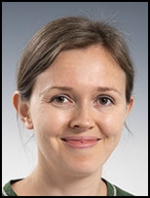
 Abstract Biography |
Advanced Packaging Conference (APC) |
| F | To top | ||
 |
Fraunhofer EMFT |
Yacoub-George, Erwin
Development of a foil based flexible interposer for power conditioning IC in energy autarkic systems
 Abstract Biography |
Advanced Packaging Conference (APC) |
 |
Fraunhofer ENAS |
Gadhiya, Ghanshyam
Virtual Prototyping for System-in-Package with Heterogeneous Integration - Enabler for faster Time-to-Market
 Abstract Biography |
Advanced Packaging Conference (APC) |
 |
Fraunhofer Institut für Zuverlässigkeit und Mikrointegration |
Brockmann, Carsten
Innovative Packaging and Evaluation Approach for an Universal Sensor Platform
 Abstract Biography |
Advanced Packaging Conference (APC) |
 |
Fraunhofer Institute for Photonic Microsystems (IPMS) |
Kaiser, Bert
All-Silicon Ultrasonic Gesture Recognition
 Abstract Biography |
MEMS & Imaging Sensors Summit |
| H | To top | ||
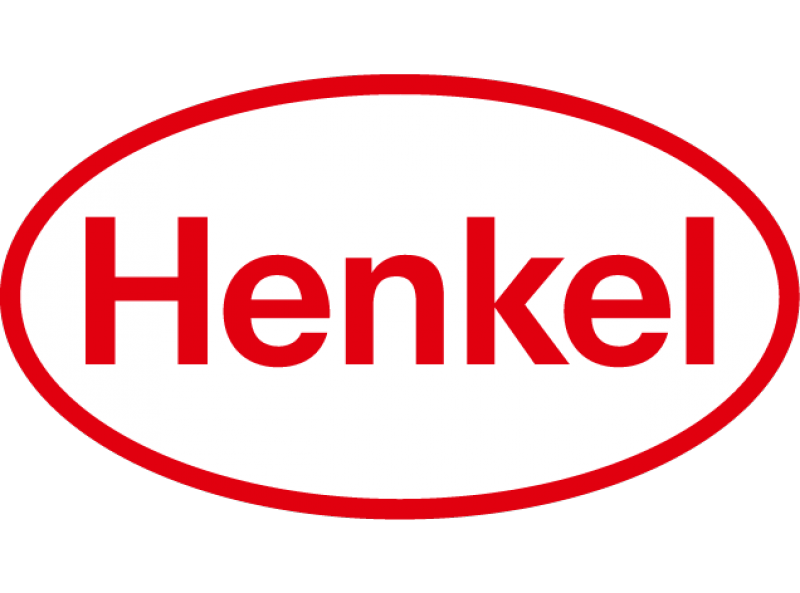 |
Henkel Belgium NV |
de Wit, Ruud
Enabling Assembly and Packaging Material Developments for Next Gen RF Devices, Antennas and Radars
 Abstract Biography |
Advanced Packaging Conference (APC) |
| I | To top | ||
 |
ICFO – The Institute of Photonic Sciences |
Goossens, Stijn
Enabling a World of Enhanced Vision
 Abstract Biography |
MEMS & Imaging Sensors Summit |
 |
INFICON |
Neel, Michael
Incorporating Subfab into Factory and Tool Digital Twins
 Abstract Biography |
Fab Management Forum (FMF) |
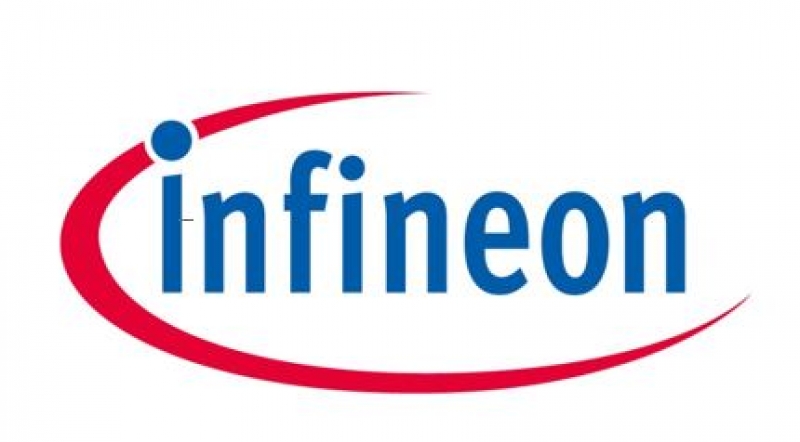 |
Infineon Technologies |
von Schierstaedt, Philipp
Sensors to Make the World Greener, Easier and Safer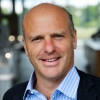
 Abstract Biography |
MEMS & Imaging Sensors Summit |
 |
Infineon Technologies |
Meyer, Thorsten
Challenges for Heterogeneous Integration in Package – Applications driving Materials and Processes towards Diversity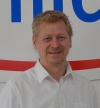
 Abstract Biography |
Advanced Packaging Conference (APC) |
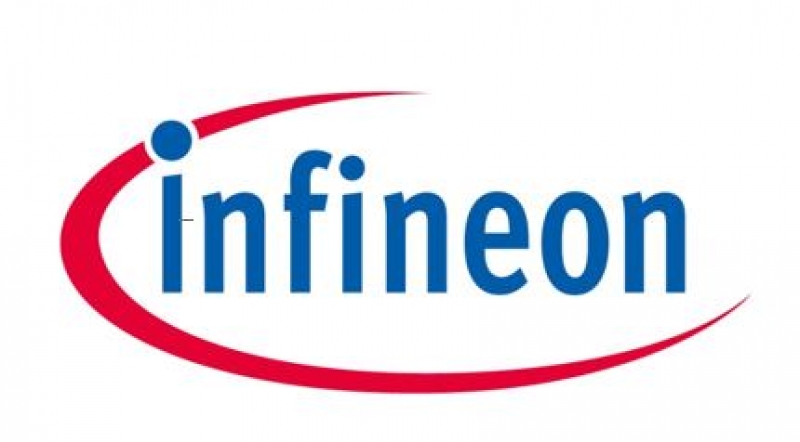 |
Infineon Technologies |
Kopetz, Andreas
XENSIV™ PAS CO2 Sensor: New environmental sensor technology: photoacoustic spectroscopy (PAS) miniaturizes CO2 sensor for high-volume applications
 Abstract Biography |
MEMS & Imaging Sensors Summit |
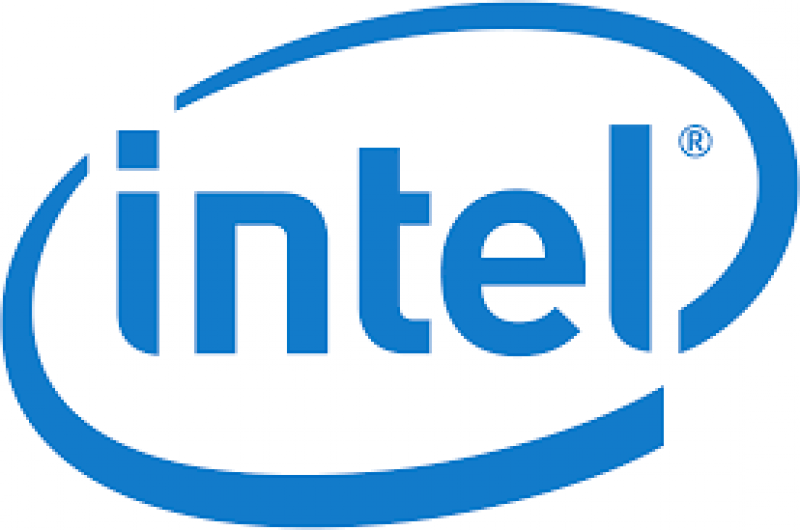 |
Intel Deutschland GmbH |
De Mesa, Eduardo
Flip-Chip Scale Package(FCCSP) Process Characterization and Reliability of Coreless Thin Package with 7nm TSMC Si
 Abstract Biography |
Advanced Packaging Conference (APC) |
| L | To top | ||
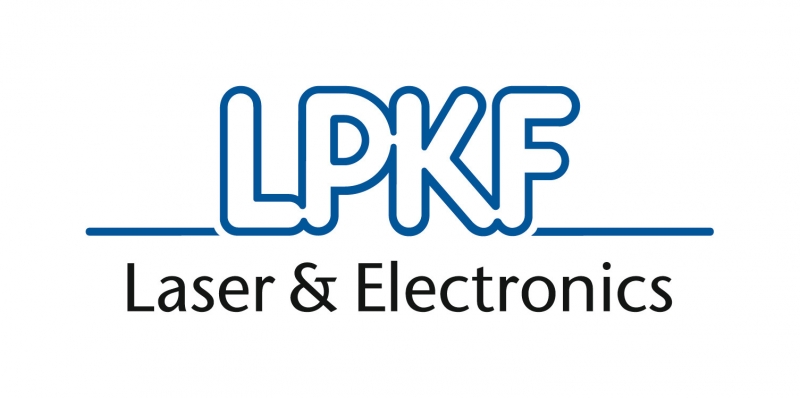 |
LPKF Laser & Electronics AG |
Roick, Florian
Active Mold Packaging for novel Antenna-in-Package interconnection and manufacturing
 Abstract Biography |
Advanced Packaging Conference (APC) |
| M | To top | ||
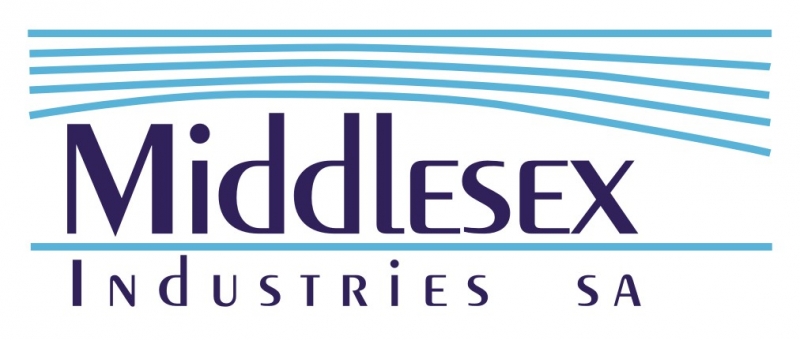 |
Middlesex Industries SA |
Horn, George
AMLS Hybrid implant technology and product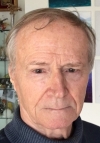
 Abstract Biography |
Fab Management Forum (FMF) |
| N | To top | ||
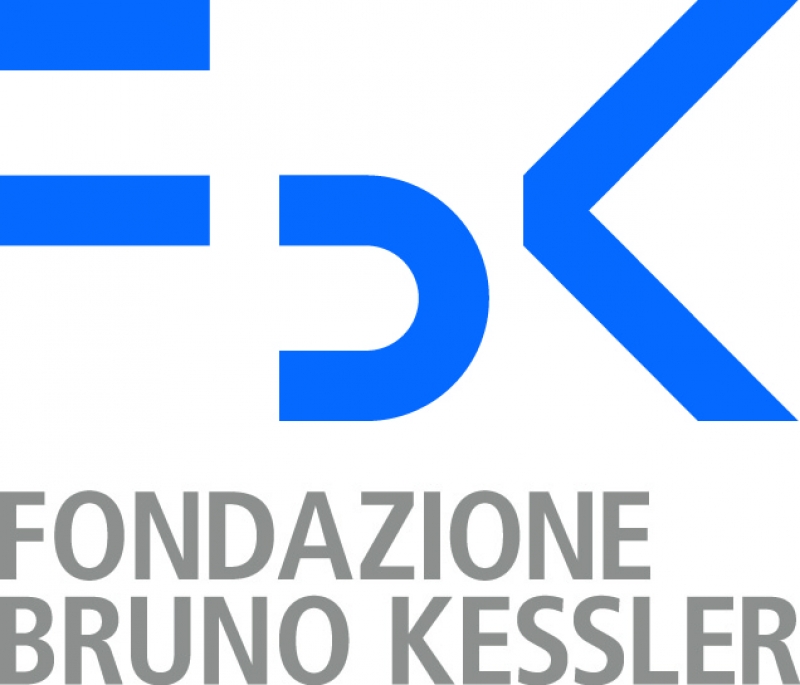 |
National Research Council (CNR) |
Profumo, Francesco
Technology and Knowledge Open Hub: a Pathway to Future Imaging and MEMS
 Abstract Biography |
MEMS & Imaging Sensors Summit |
 |
NXP Semiconductors |
Vos, Sandra
Above and Beyond methodology: Robustness Validation of Automotive MEMS Sensors
 Abstract Biography |
MEMS & Imaging Sensors Summit |
| P | To top | ||
 |
PEER Group |
Suerich, Doug
Cost-effective automation for legacy factories
 Abstract Biography |
Fab Management Forum (FMF) |
 |
PROPHESEE |
Verre, Luca
Toward Event-Based Vision wide-scale adoption
 Abstract Biography |
MEMS & Imaging Sensors Summit |
 |
Pyreos Ltd. |
Phair, John
Miniature Digital IR Detectors Enabling Gas Sensing Everywhere
 Abstract Biography |
MEMS & Imaging Sensors Summit |
| S | To top | ||
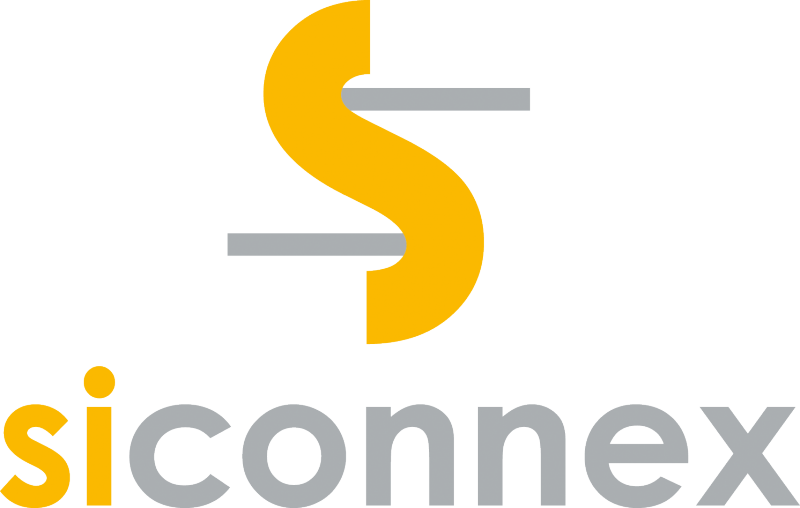 |
Siconnex |
Buchberger, Mario
How to replace FSI tools with BATCHSPRAY® equipment, while reducing chemical costs and achiving more clean room space?
 Abstract Biography |
Fab Management Forum (FMF) |
| T | To top | ||
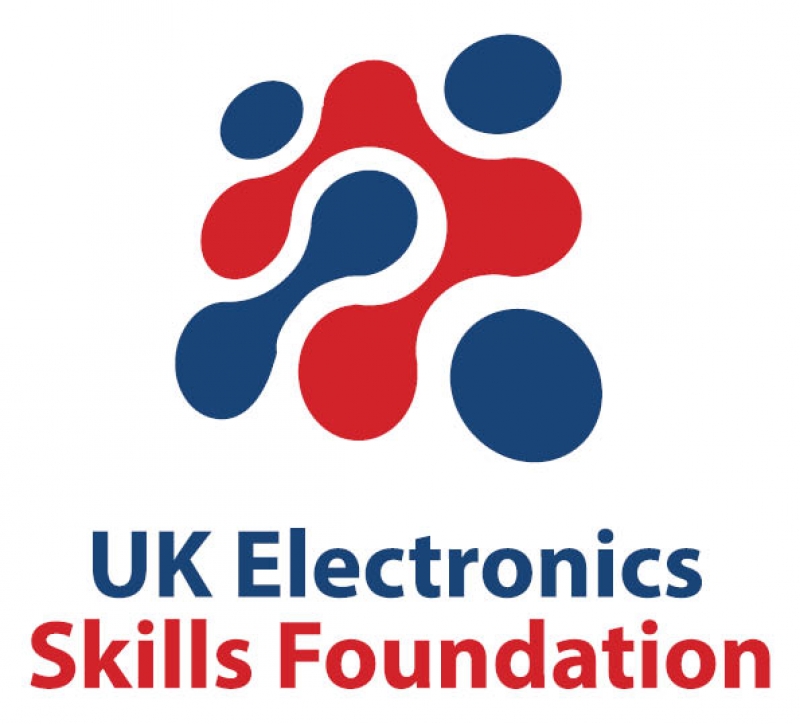 |
TechWorks |
Edmondson, Stewart
How to attract new graduates into the semiconductor industry
 Abstract Biography |
Fab Management Forum (FMF) |
 |
Teledyne e2v |
Segovia, Jose
120fps, ultra high definition (8K UHD), low noise, global shutter sensor for high-end rigid endoscopy
 Abstract Biography |
MEMS & Imaging Sensors Summit |
 |
Tokyo Electron Limited |
Shekel, Eyal
From smart manufacturing vision to Innovative Advanced Service Solutions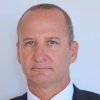
 Abstract Biography |
Fab Management Forum (FMF) |
 |
Trelleborg Sealing Solutions |
Gulcur, Murat
Correct Material Selection and Life-Time Prediction of Elastomer Parts Using FEA Simulations
 Abstract Biography |
Fab Management Forum (FMF) |
| U | To top | ||
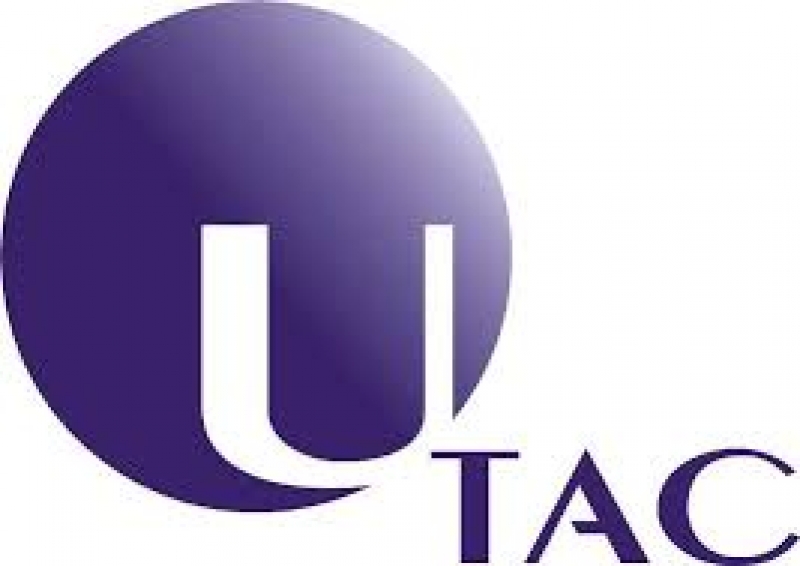 |
United Test and Assembly Center Ltd |
Attard, Alastair
Vertical stacking of controller IC on a copper clip attached on MOSFET as a space-saving solution for high current switch e-fuse applications
 Abstract Biography |
Advanced Packaging Conference (APC) |
| W | To top | ||
 |
Western Digital |
Zhang, Feng
Industrial Internet of Things in Western Digital Wafer Operation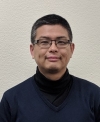
 Abstract Biography |
Fab Management Forum (FMF) |
| Y | To top | ||
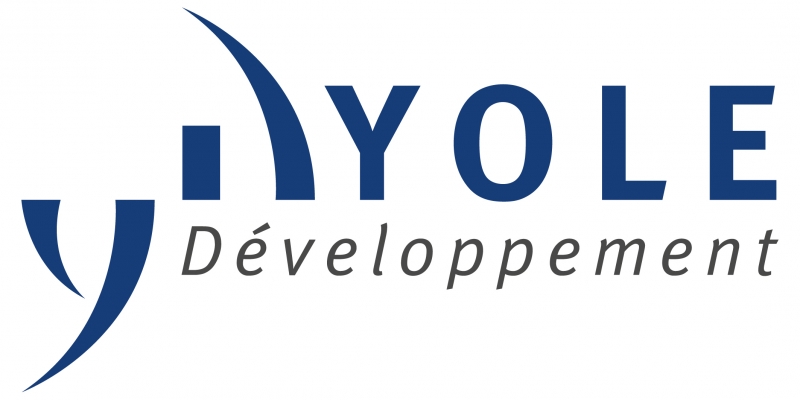 |
Yole Développement |
Cambou, Pierre
Embedded computing the next paradigm shift for image sensors
 Abstract Biography |
MEMS & Imaging Sensors Summit |
| Z | To top | ||
 |
ZIAN & Co industrial consulting and recruitment |
Zimmer, Andreas C.
Skills in the Workforce and People in Processes
 Abstract Biography |
Fab Management Forum (FMF) |